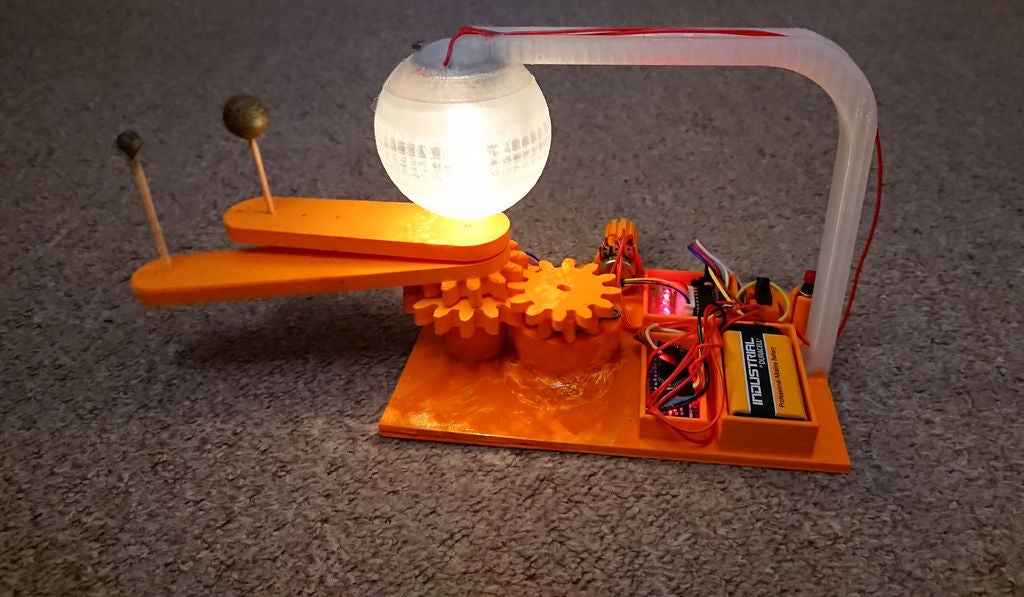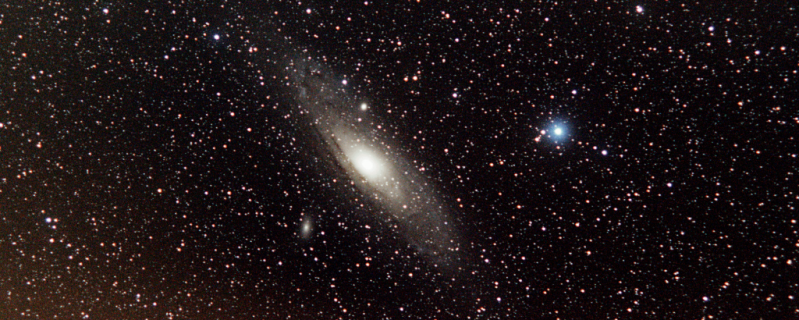Space is big. Really big. Yet on TV and movies, enemy spacecraft routinely wind up meeting at roughly the same spot and, miraculously, in the same orientation. If you’ve ever tried to find something smaller than the moon in a telescope, you’ll appreciate that it isn’t that easy. There are plenty of tricks for locating objects ranging from expensive computerized scopes with motors to mounting a phone with Google Sky or a similar program to your telescope. [DentDentArthurDent] didn’t use a phone. He used an Arduino with an outboard GPS module.
You still have to move the scope yourself, but the GPS means you know your location and the time to a high degree of accuracy. Before you start an observing session, you simply point the telescope at Polaris to calibrate the algorithm, a process which in the northern hemisphere is pretty easy.
The telescope in question is a Dobson, so is easy to move and easy to sense its position using potentiometers and an A/D. The project also includes a detailed description of the math used to convert the time, latitude, longitude, right ascension, and declination into position data. One of four LEDs show if you should move up, down, left, or right. When you are on target, all four LEDs light. We assume you should use red LEDs and a red LCD filter so you don’t ruin your night vision.
There are a few sources of error and [Arthur] does a great job of analyzing and correcting each one. The project even has a nice 3D printed case. The database only contains 45 objects but it is easy to add more. We wondered if it wouldn’t have been better to use a larger computer such as a Raspberry Pi to get the stellar data — maybe even from the Internet — and rely on the Arduino to just manage the position sensing and direction indication, but then again, this works and it is very inexpensive.
This isn’t the first Arduino telescope finder we’ve seen. The last one even had a touchscreen.









